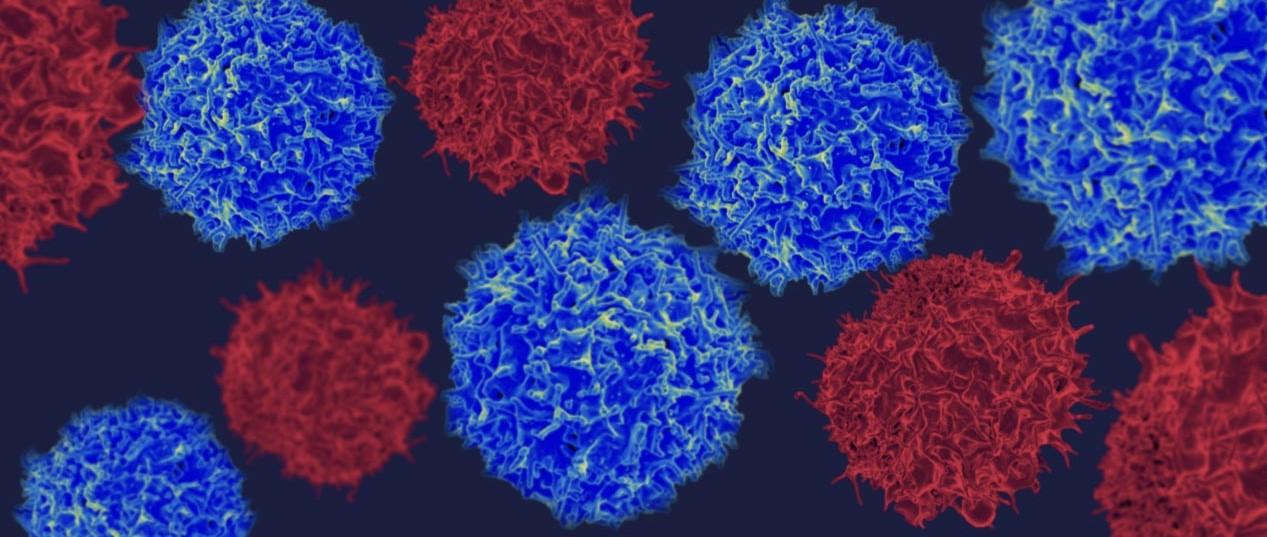The sinoatrial node is the endogenous pacemaker of the heart. Using isolated human sinoatrial node cells, Tsutsui et al. investigated the molecular mechanisms that enabled these cells to generate electrical signals at regular intervals to trigger rhythmic cardiac contractions. They found that periodic oscillations in Ca2+ and membrane potentials formed the basis for two interdependent “clocks” that together regularly generated spontaneous electrical signals. These clocks were uncoupled in human sinoatrial node cells that were not beating. Moreover, signaling downstream of β-adrenergic receptors enhanced the coupling between these two clocks and could induce electrical activity in some cells that were not beating. Understanding the mechanisms that generate pacemaking activity in human sinoatrial node cells may lead to the development of better therapies for sinus arrest, a condition that is caused by malfunction of the sinoatrial node and currently treated with a permanently implanted pacemaker.
The spontaneous rhythmic action potentials generated by the sinoatrial node (SAN), the primary pacemaker in the heart, dictate the regular and optimal cardiac contractions that pump blood around the body. Although the heart rate of humans is substantially slower than that of smaller experimental animals, current perspectives on the biophysical mechanisms underlying the automaticity of sinoatrial nodal pacemaker cells (SANCs) have been gleaned largely from studies of animal hearts. Using human SANCs, we demonstrated that spontaneous rhythmic local Ca2+ releases generated by a Ca2+ clock were coupled to electrogenic surface membrane molecules (the M clock) to trigger rhythmic action potentials, and that Ca2+–cAMP–protein kinase A (PKA) signaling regulated clock coupling. When these clocks became uncoupled, SANCs failed to generate spontaneous action potentials, showing a depolarized membrane potential and disorganized local Ca2+ releases that failed to activate the M clock. β-Adrenergic receptor (β-AR) stimulation, which increases cAMP concentrations and clock coupling in other species, restored spontaneous, rhythmic action potentials in some nonbeating “arrested” human SANCs by increasing intracellular Ca2+ concentrations and synchronizing diastolic local Ca2+ releases. When β-AR stimulation was withdrawn, the clocks again became uncoupled, and SANCs reverted to a nonbeating arrested state. Thus, automaticity of human pacemaker cells is driven by a coupled-clock system driven by Ca2+-cAMP-PKA signaling. Extreme clock uncoupling led to failure of spontaneous action potential generation, which was restored by recoupling of the clocks. Clock coupling and action potential firing in some of these arrested cells can be restored by β-AR stimulation–induced augmentation of Ca2+-cAMP-PKA signaling.




